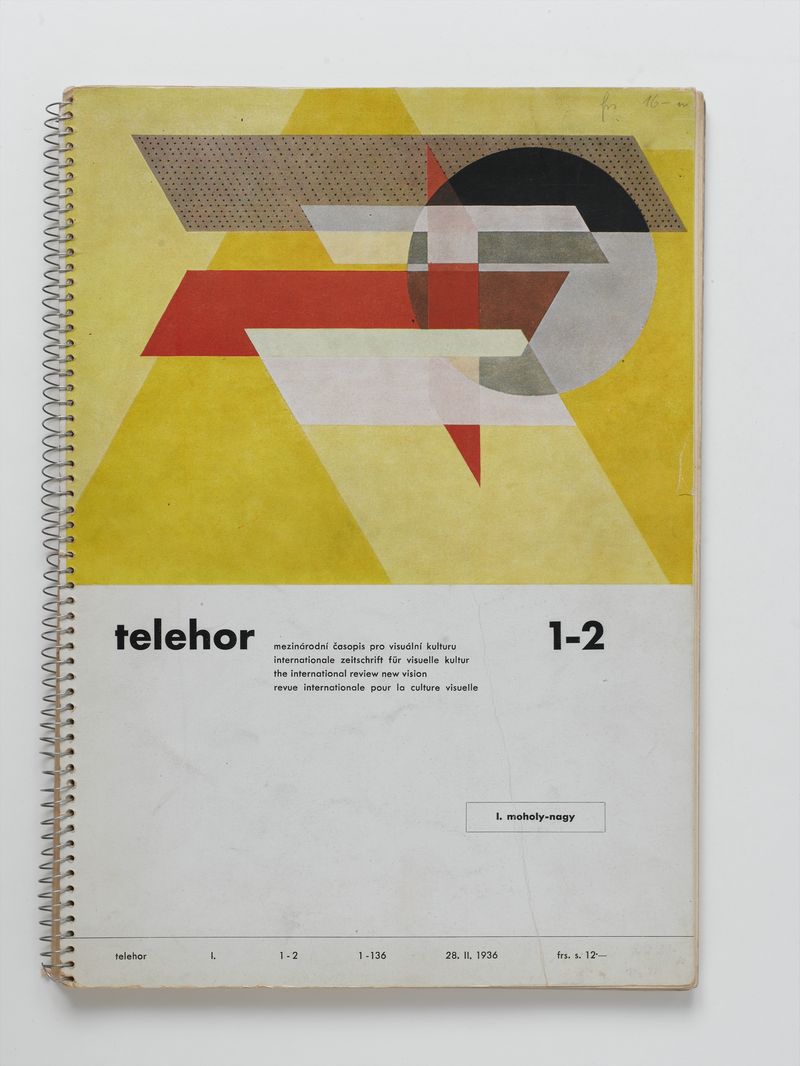Sophie Calle: Ma’s-tu vue / Did You See Me? (2003)
Filed under book, catalogue | Tags: · art, conceptual art, film, identity, photography, voyeurism

“The work of conceptual artist Sophie Calle embraces photography, storytelling, film, memoir as well as other media. Often controversial, Calle’s projects explore issues of voyeurism, intimacy, and identity as she secretly investigates, reconstructs and documents the lives of strangers–whether she’s inviting them to sleep in her bed, trailing them through a hotel, or following them through the city. Taking on multiple roles–detective, documentarian, behavioural scientist and diarist–Sophie Calle turns the interplay between life and art on its head.
The book presents Calle’s best-known works, including The Blind, No Sex Last Night, The Hotel, The Address Book and A Woman Vanishes, as well as lesser known and earlier projects that have largely escaped the public eye. This compendium of Calle’s photographs, diary excerpts and video stills also includes three critical essays and two interviews with the artist.”
First published in French by Centre Pompidou, Paris, 2003.
English edition
Publisher Prestel, 2003; Second edition, 2008
ISBN 3791330357, 9783791330358
443 pages
via Chloe
Review: Pescador (The Art Book Review, 2012).
Comment (0)Anne Hollander: Seeing Through Clothes (1978)
Filed under book | Tags: · art, art history, beauty, body, clothing, costume, fashion, mirror, nudity, painting, photography, sculpture, style

“Seeing Through Clothes is a vivid pictorial history of the changing images of ourselves in fashion. From classical Greek sculpture through the photographs of Avedon, Anne Hollander shows us how art has determined, rather than reflected, our concept of beauty and fashion. She examines the evolution of underclothes, hair as a sexual symbol, the difference between ‘naked’ and ‘nude,’ the role of black clothing, the meaning of mirror images, and how our concept of the perfect figure changes, and thus has altered fashion through the ages.” (from the back cover)
Publisher Avon Books, New York, 1978
ISBN 0380487772
504 pages
Review (Kirkus Reviews, n.d.)
Commentary (Dan Piepenbring, The Paris Review, 2014)
Commentary (Valerie Steele, Artforum, 2014)
PDF (86 MB, no OCR)
PDF (38 MB, OCR’d version via Marcell Mars added on 2014-11-30)
Fr. Kalivoda (ed.): Telehor 1-2: Special Issue on L. Moholy-Nagy (1936) [CZ/DE/EN/FR]
Filed under magazine | Tags: · art, avant-garde, colour, design, film, light, photography, vision

Telehor was a project by Czech functionalist architect, theorist and educator, František Kalivoda, who planned it as a 64-page illustrated quarterly dedicated to visual culture. As an editor and publisher, Kalivoda had established an impressive network of collaborators across Europe, however his plans never fully took off.
Its only issue appeared as a book-length publication on the work of artist and Bauhaus teacher László Moholy-Nagy who was at the time already living in London. The magazine has, in the internationalist fashion, sections in several languages, including French, English, Czech, and German.
Contents of the English section: Foreword by Siegfried Giedion, 1935 (pp 27-29), Letter from Moholy-Nagy to Kalivoda, June 1934 (30-32), Moholy-Nagy’s essays “From Pigment to Light”, 1923-26 (32-34), “A New Instrument of Vision”, 1932 (34-36), “Problems of the Modern Film”, 1928-30 (37-40), “Supplementary Remarks on the Sound and Colour Film”, 1935 (41-42), “Once a Chicken, Always a Chicken”, a film script on a motif from Kurt Schwitter’s “Auguste Bolte”, 1925-30 (43-45), Postscript by Kalivoda, 1936 (45-46).
The reproductions run from page 49 through 112.
Publisher Fr. Kalivoda, Brno, 1936
Typography Fr. Kalivoda
Print Typia Press, Brno
138 pages, 69 ills., 29.7 × 21 cm
via Bibliothèque Kandinsky, in the Unlimited Edition
Moholy-Nagy at Monoskop wiki
Kalivoda at Monoskop wiki
PDF, PDF (variant with black cover, 149 MB)
Comment (1)
